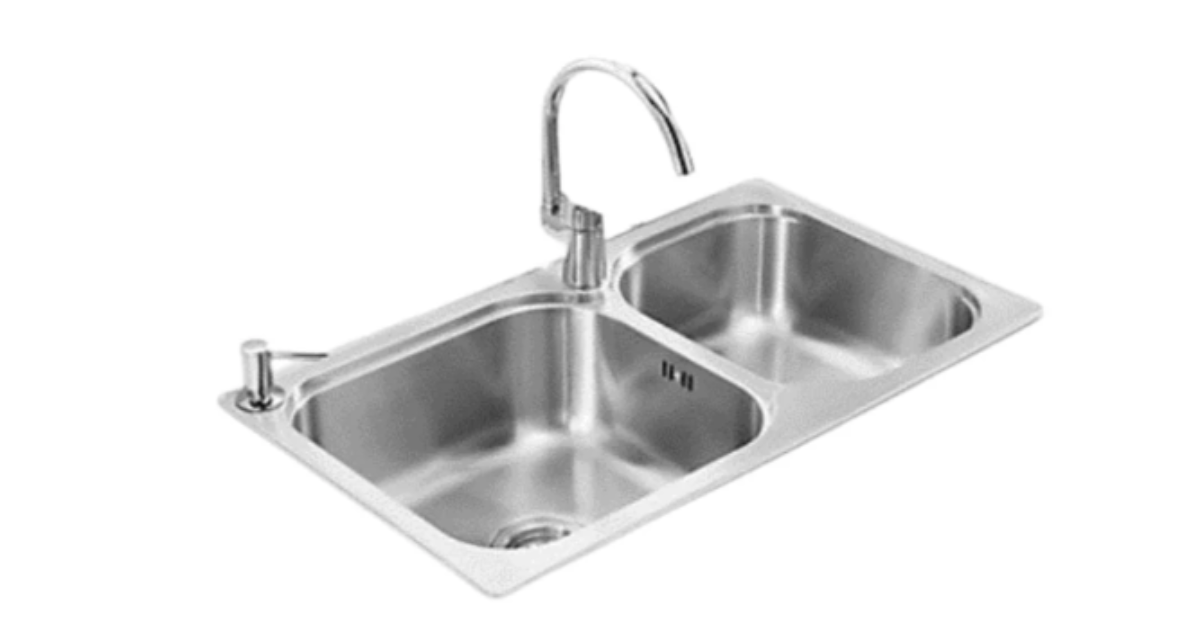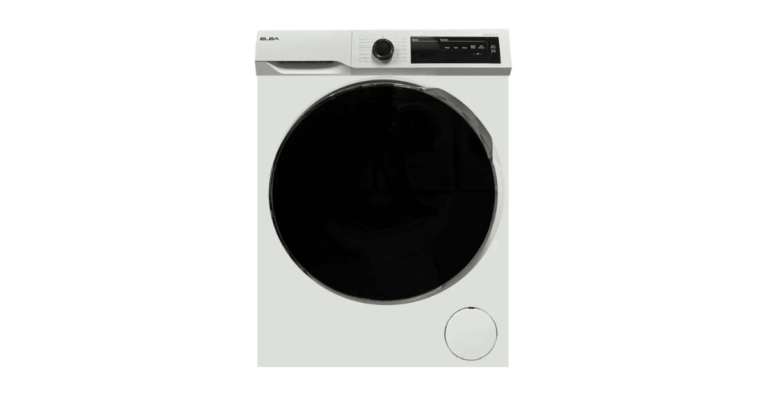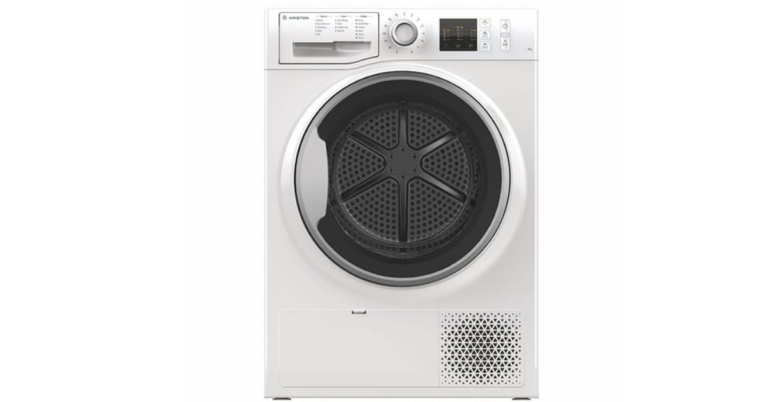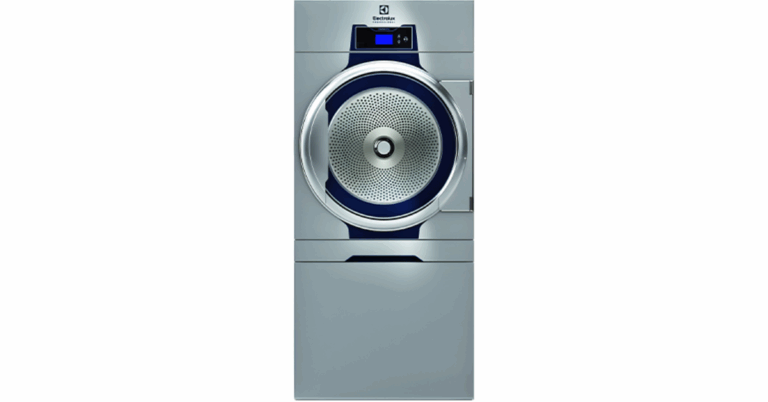The Essential Role of a Kitchen Sink in Home Design
The Kitchen Sink stands as one of the most fundamental fixtures in any home, acting not just as a utilitarian basin for washing and preparation, but as a silent workhorse that ties together the entire kitchen’s functionality and aesthetics. Whether you’re rinsing veggies, soaking pots, or simply grabbing a glass of water mid-cooking, a thoughtfully chosen kitchen sink can dramatically influence both the flow and feel of your kitchen space. In Singapore, where modern homes often emphasize sleek design and clever use of limited space, choosing the right kitchen sink becomes a crucial decision with both practical and aesthetic ramifications.
1. Why the Kitchen Sink Matters
1.1 A Hub of Activity
The kitchen sink is more than just plumbing—it’s a hub. From prepping ingredients to cleaning up after meals, many tasks center around the sink area. Because of this, the sink’s size, depth, and layout can either streamline or hamper your kitchen routines.
1.2 Architectural and Aesthetic Anchor
A well-designed sink complements your countertops, cabinet finishes, and kitchen style. Whether you prefer undermount, drop-in, or flush-mount styles, the sink often becomes a visual anchor—shaping the rhythm and look of adjacent elements like faucets, islands, and worktops.
1.3 Durability & Maintenance
Because the sink is exposed to water, heat, acids, and heavy utensils, the choice of material and finish can make or break its longevity. The ideal sink resists scratching, staining, and corrosion, while staying relatively easy to clean and maintain.
2. Types of Kitchen Sinks: Balance of Form & Function
When shopping for a kitchen sink in Singapore (or elsewhere), prospects typically consider these categories:
2.1 Single vs. Double Bowl
-
Single-bowl sinks maximize uninterrupted space and are great for handling large pots and pans.
-
Double-bowl sinks offer flexibility: one bowl for washing, another for rinsing or prep.
Which you pick depends on the layout, dishwashing habits, and the width of your counter.
2.2 Installation Style
-
Undermount sinks sit recessed beneath the counter, creating a seamless transition from countertop to sink and making cleanup easier.
-
Top-mount (drop-in) models are easier to install and replace, with a rim resting on the countertop surface.
-
Flush-mount options provide a sleek, integrated look when precision cutting allows.
2.3 Material & Finish
-
Stainless steel is a classic choice—durable, hygienic, and versatile.
-
Granite composite (a blend of stone particles and resin) offers better noise insulation and a matte, upscale look.
-
Quartz or artificial stone may blend well with modern countertop materials and offer customization in color and texture.
-
Copper, cast iron with enamel, or fireclay are less common in compact kitchens but bring unique character in luxury or traditional kitchens.
3. What to Consider When Choosing a Kitchen Sink
Selecting the right sink involves multiple tradeoffs and considerations:
3.1 Size & Bowl Depth
Measure your cabinet width carefully. Undersized basins can limit usability, while oversized units may infringe on storage or door clearance. Deeper bowls help when washing tall pots but may strain your back if too deep.
3.2 Radius & Corner Style
Sinks with tight corners (e.g., 10 mm or smaller radius) offer square interiors but can be harder to clean. Softer, rounded corners (e.g. 25 mm radius) ease scrubbing.
3.3 Drain Placement
Common options are rear, bottom, or corner drains. Rear drains free up space beneath and can help with waste disposal routing, while bottom drains maximize basin room but may conflict with plumbing.
3.4 Accessories & Extras
Consider additional features such as:
-
Integrated rim or ledge for cutting boards, colanders, or drying racks
-
Sound-deadening pads
-
Protective grids or racks
-
Strainers, pop-up drains, or built-in soap dispensers
3.5 Warranty & Support
Reputable sink suppliers often offer multi-year warranties. This is especially important in humid tropical climates where corrosion or sealant failure can erode performance.
4. Kitchen Sink Trends & Innovations
In Singapore and globally, several trends are shaping how homeowners choose sinks:
4.1 Minimalist & Seamless Integration
Flush-mounted or undermount sinks that disappear into the countertop are increasingly popular in contemporary kitchens.
4.2 Color & Custom Finishes
Beyond traditional stainless steel, colored composite sinks (e.g. black, white, granite tones) are gaining traction for statement kitchens.
4.3 Multi-Functional Accessories
Modular accessories—like roll-up drying racks, cutting boards, and sliding colanders—turn a sink from a static basin into a dynamic workstation.
4.4 Anti-Bacterial & Low-Noise Technologies
Some composite sinks incorporate antimicrobial agents or coatings to inhibit microbial growth. Sound dampening technologies (rubber pads or foam backing) reduce drumming noises from running water or clattering dishes.
4.5 Eco-Friendly & Sustainable Choices
Recycled stainless steel or stone-composite sinks, along with efficient plumbing, reflect a growing awareness of sustainable kitchen design.
5. Installation & Maintenance Tips
5.1 Professional Fit & Sealing
To avoid leaks and ensure a perfect flush, professional installation (especially for undermount or flush sinks) is recommended. Precise sealing (e.g. high-quality silicone or gasket systems) is essential.
5.2 Care in Daily Use
-
Use mild, nonabrasive cleaners (avoid steel wool or harsh acids).
-
Rinse and dry the sink after heavy use to prevent mineral deposits or stains.
-
For composite sinks, avoid direct contact with extremely hot pots unless properly insulated.
5.3 Handling Hard Water & Mineral Build-Up
In areas with hard water, residue may accumulate. A regular rinse with vinegar diluted in water, followed by neutralizing, can help remove limescale. Be sure the sink’s manufacturer allows vinegar use.
5.4 Repairing Scratches & Wear
Stainless steel sinks may develop fine scratches over time. Light abrasive pads (matched with the grain) and polish can help reduce their appearance. Composite sinks may allow minor buffing with manufacturer-recommended products.
6. Matching Your Kitchen Sink to Your Kitchen Layout
6.1 Workflow & “Kitchen Triangle”
Place your sink in proximity to the stove and refrigerator for efficient workflow. In island layouts, a sink can become a social point—use this to your advantage.
6.2 Countertop & Cabinet Compatibility
If your countertop is stone, ensure cutouts and support for undermount sinks are precise. In narrow kitchens, single-bowl and shallow sinks often work best. For broader counters, double- or triple-bowl variants may enhance flexibility.
6.3 Lighting & Focal Design
Under-cabinet lighting or a pendant fixture above the sink improves usability. The sink area itself can become a focal point—choose a finish or color that complements the overall palette.
6.4 Plumbing & Waste Space
Look beneath your sink: if space is tight due to water filters, garbage disposals, or piping, you may need a shallower basin or relocated plumbing lines.
7. Case Study: Kitchen Sink Options in Singapore Context
In a dense urban environment such as Singapore, kitchen sizes tend to be compact, making every inch count. Many homeowners and designers emphasize:
-
Space-efficient single-bowl sinks with generous depth
-
Granite or quartz composite material finishes that blend with common countertop materials
-
Under-mount installation to maximize countertop cleanliness and edge usability
-
Stylish but durable aesthetic to match modern cabinetry
In such contexts, sinks are not just functional but play a critical role in overall kitchen harmony—serving both everyday needs and contributing to the visual coherence of compact layouts.
8. Making the Right Choice: A Quick Decision Guide
Here’s a simple step-by-step approach to selecting your kitchen sink:
| Step | Consideration | Why It Matters |
|---|---|---|
| 1 | Measure cabinet width and depth | Determines maximum sink size |
| 2 | Decide single vs double bowl | Based on cleaning habits and space |
| 3 | Choose installation style | Affects ease of use and appearance |
| 4 | Select material & finish | Impacts durability, noise, aesthetics |
| 5 | Plan accessory compatibility | Enhances utility (grids, racks, etc.) |
| 6 | Confirm plumbing and drainage layout | Avoids retrofit issues |
| 7 | Check warranty and brand support | Ensures long-term confidence |
By working through these steps, you can hone in on a sink that not only fits your kitchen physically but elevates its usability and style.
9. Conclusion: More Than a Basin
The kitchen sink is often overlooked in design, but it merits careful attention. Its role spans the pragmatic and the aesthetic—touching on ergonomics, workflow, hygiene, and style. In space-conscious settings like Singapore, choosing the right sink becomes even more critical. Whether your priority is sleek integration, multi-functional versatility, or long-term durability, taking time to match your kitchen sink to your habits and design goals pays dividends in daily life.







